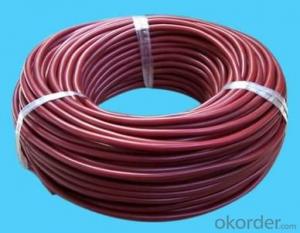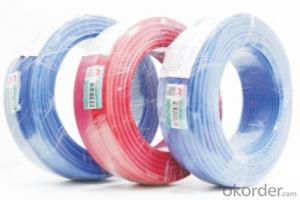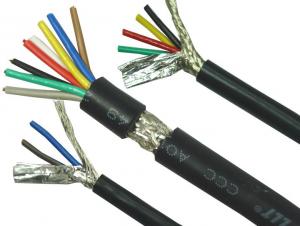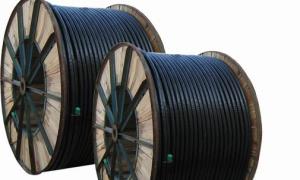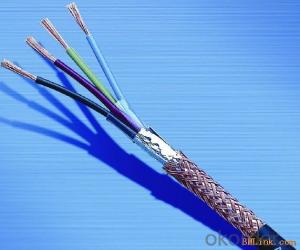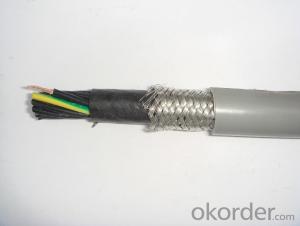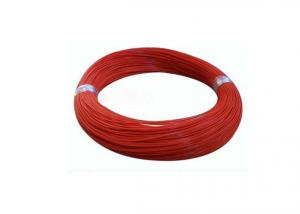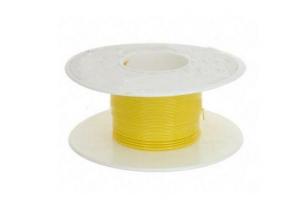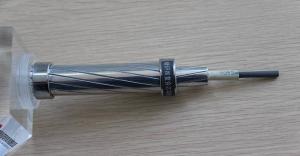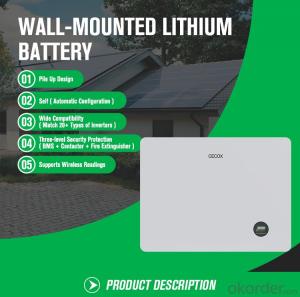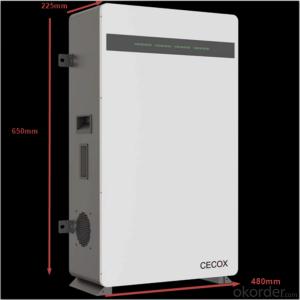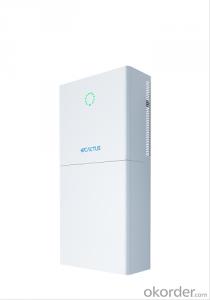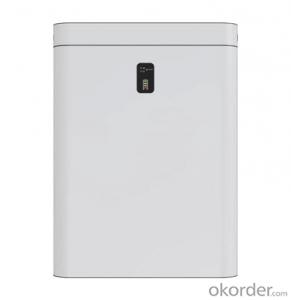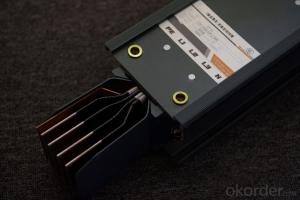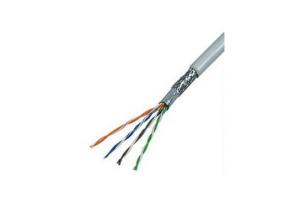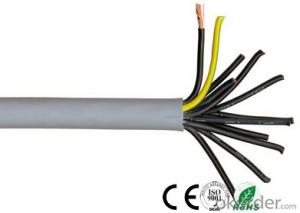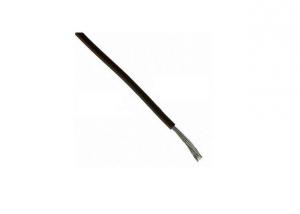Specifications
electrical wire
1) high quality and low price
2)15 years professional experience
3)Best service
Copper stranded PVC Insulated electrical wire
1. The long-time permissible operation temperture of electrical wire shall not be higher than 70oC,BV-90 shall not be higher than 90oC.
2. The ambient temperature shall not be lower than 0 o C.
3. Permissible bending radius(r): unarmoured cable:r≥6D;(D: outer diameter of the cable); armoured or copper-tape screened cable:r≥12D;shielded flexible cable:r≥6D
Type | Name | Laying place and requirement | Long term working Temperature0C | ACrated voltage | Nominal Section (mm2 |
227IEC01(BV) 227IEC05 (BV) BLV | Copper conductor PVC insulated wires Aluminum conductor PVC insulated wires | Fixed laid indoors Conduit etc. | 70 | 450/750 300/500 450/750 | 1.5......185 0.5......1 2.5......185 |
227IEC07(BV-90) | Heat resistant copper conductor PVC insulated wire at 90 0C | Mainly be laid at the places of high temperature environment and can be laid indoors ,conduits. | 90 | 300/500 | 0.5......2.5 |
BVR | Copper conductor PVC insulated flexible cable | Be for laying permanent place where flexible required. | 70 | 450/750 | 2.5......150 |
BLVV | Aluminum conductor PVC insulated PVC sheathed round wires | Fixed laid, fit for the places with high mechanical protection and moisture place, can be laid in the air or underground. | 70 | | |
BVVB | Copper conductor PVC insulated PVC sheathed flat wires | 300/500 | 1......10 |
BLVVB | Aluminum conductor PVC insulated PVC sheathed flat wires | 300/500 | 2.5......10 |
227IEC02(RV) 227IEC06(RV) | Copper conductor PVC insulated flexible connector wire | Mainly used at middle and light style moving electronics, home appliances, power and lighting and the places where flexible required | 70 | 450/750 300/500 | 1.5......240 0.3......1 |
227IEC42(RVB) | Copper conductor PVC insulated flat flexible connector wire | 300/300 | 0.3......1.5 |
RVS | Copper conductor PVC insulated flexible twisting connector wire | 300/300 | 0.3......1.5 |
227IEC52(RVV) 227IEC53(RVV) | Copper conductor PVC insulated PVC sheathed round flexible connector wire | 300/300 300/500 | 0.5......6 0.3......4 |
227IEC08(RV-90) | Cu conductor heat resistant PVC insulated flexible connector wire at 90 0C | Mainly used at the places where heat resistance is required | 90 | 300/500 | 0.5... |
